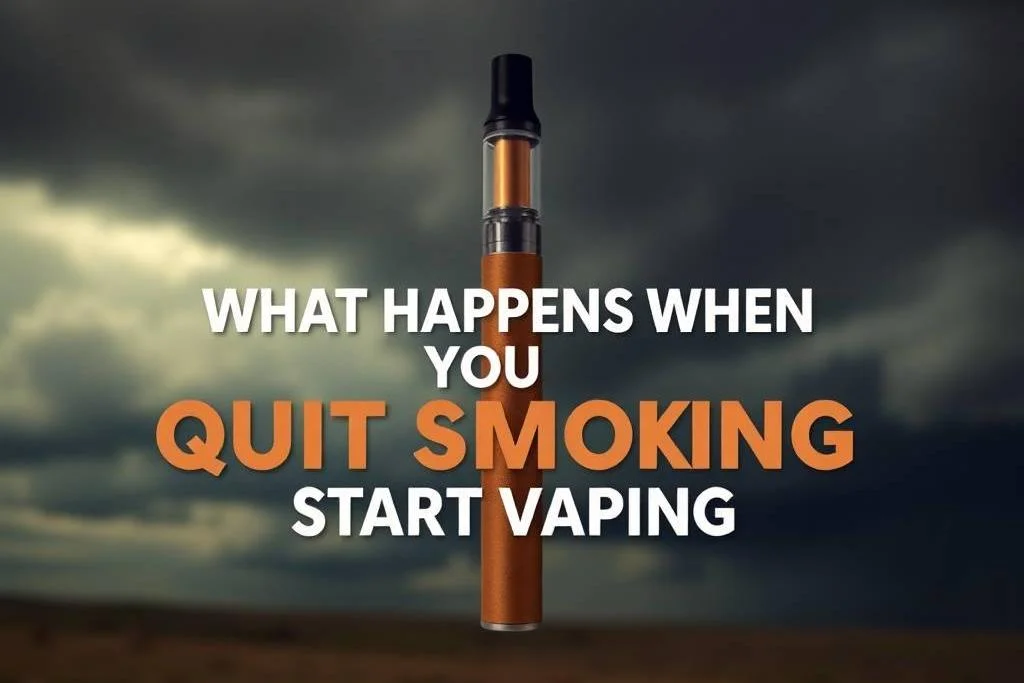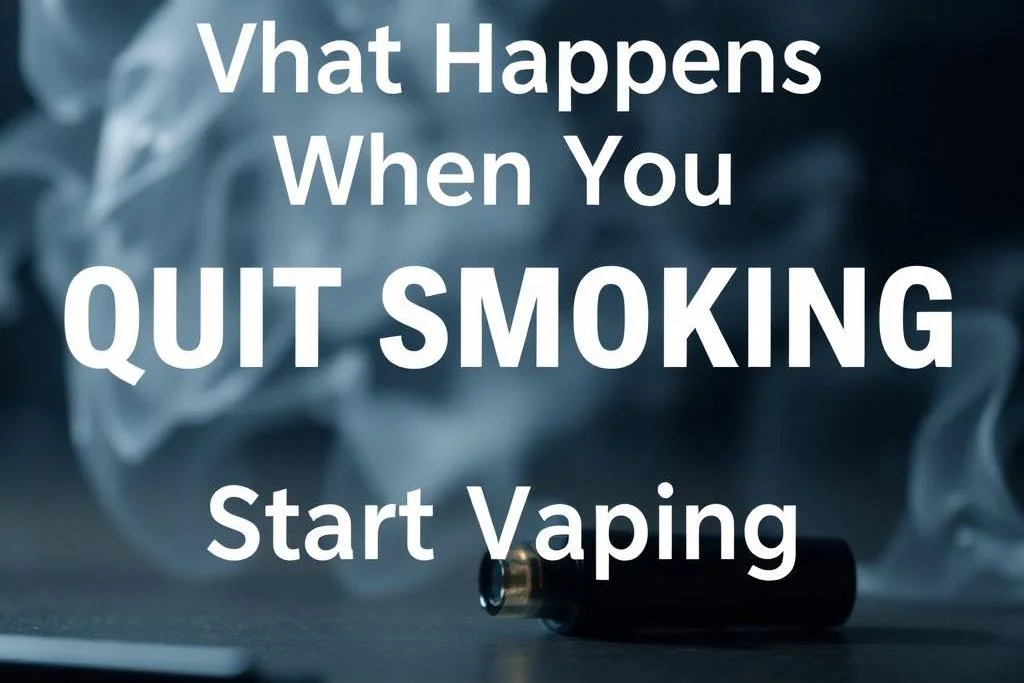What Happens When You Quit Smoking and Start Vaping?
Making the switch from smoking to vaping is a significant step toward better health. While vaping is not entirely risk-free, it is widely considered a less harmful alternative to traditional cigarettes. But what exactly happens to your body, mind, and overall well-being when you quit smoking and start vaping? This guide breaks down the changes you can expect—from the first few days to the longer-term benefits.
Immediate Changes in Your Body
1. Nicotine Withdrawal is Reduced
Switching to vaping allows you to maintain your nicotine intake while avoiding the thousands of toxic chemicals found in cigarette smoke. This helps minimize withdrawal symptoms such as irritability, headaches, and cravings, which are common during smoking cessation.
2. Improved Breathing
Within days of quitting cigarettes, your lung function begins to improve. Vaping does not produce tar or carbon monoxide—two of the most harmful substances in tobacco smoke—so many users report less coughing, reduced phlegm, and easier breathing soon after switching.
3. Heightened Senses
Smoking dulls your sense of taste and smell. When you stop smoking and start vaping, many people notice food tastes better and smells are more vivid within just a few days to weeks.

Changes Over the First Few Weeks
1. Energy Levels Rise
Carbon monoxide from smoking interferes with your blood's ability to carry oxygen. Once you stop inhaling smoke, oxygen levels in your body normalize, often resulting in higher energy levels and improved stamina.
2. Better Circulation
Quitting smoking improves circulation, which means more oxygen and nutrients reach your muscles and organs. This can lead to better physical performance and quicker recovery after exercise.
3. Oral and Dental Health Benefits
Although vaping can still irritate the mouth, it's far less damaging than cigarette smoke, which stains teeth and contributes to gum disease. Many people notice fresher breath and whiter teeth within weeks of switching.
Longer-Term Effects
1. Lower Health Risks
Switching to vaping dramatically reduces your exposure to carcinogens and toxicants. Studies, including those by Public Health England and the Royal College of Physicians, suggest vaping is at least 95% less harmful than smoking. Over time, your risk for heart disease, stroke, and respiratory illnesses declines significantly.
2. Reduced Smoker's Cough
"Smoker's cough" often disappears entirely once the lungs start repairing themselves. Vaping doesn't produce the same lung damage associated with cigarette tar, so your lungs can begin to cleanse and regenerate.
3. Mental and Emotional Relief
Many people feel a sense of accomplishment and empowerment when they quit smoking. Vaping can help maintain a similar hand-to-mouth ritual while satisfying nicotine cravings, making it easier to stay smoke-free.

What to Watch Out For
While vaping is less harmful than smoking, it's not entirely without risks. Dry mouth, throat irritation, and occasional coughing can occur, especially if you're new to e-liquids or using the wrong nicotine strength. It’s essential to choose quality vape products from reputable brands and monitor how your body reacts.
Also, gradually reducing your nicotine levels over time can help you eventually become nicotine-free, if that’s your goal.
Conclusion
What happens when you quit smoking and start vaping? In short, your body starts to heal. Your lungs clear, your energy increases, and your risk for serious diseases begins to drop. Vaping offers a less harmful alternative that can ease the transition and help you finally kick the smoking habit for good. If you're thinking about quitting smoking, vaping might be the tool that helps you do it successfully—on your terms, at your pace.



